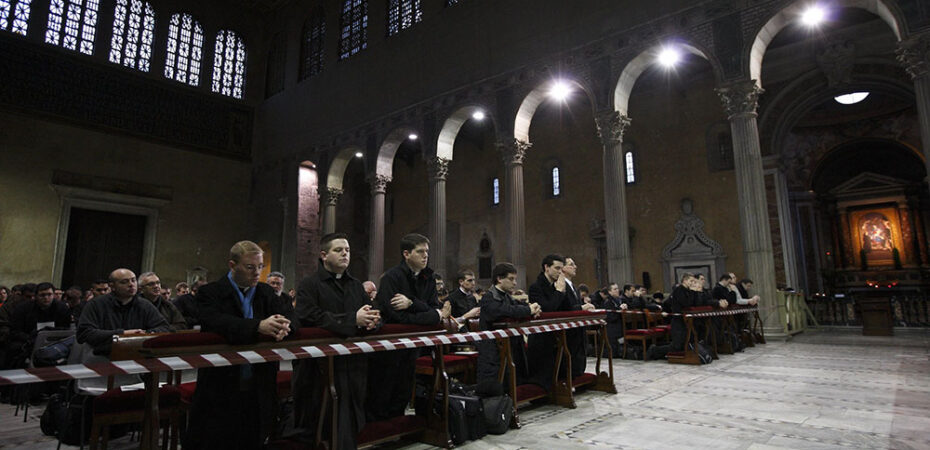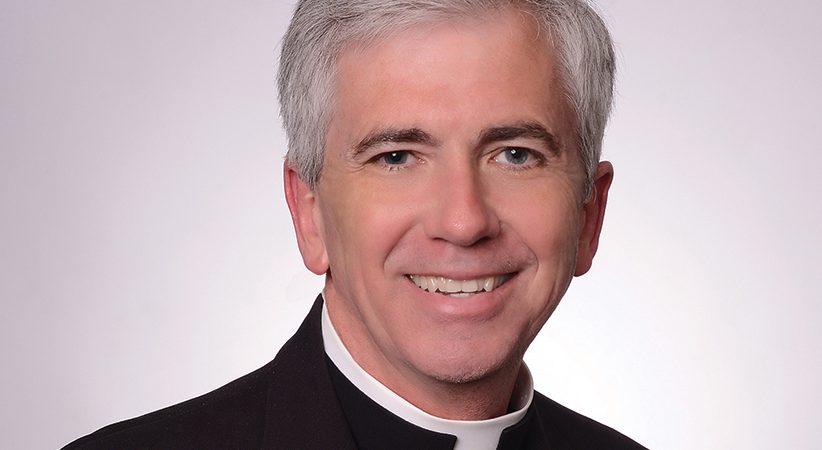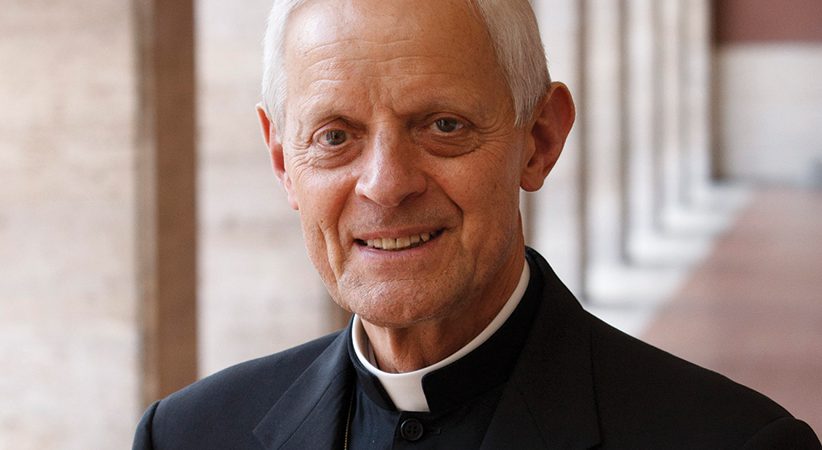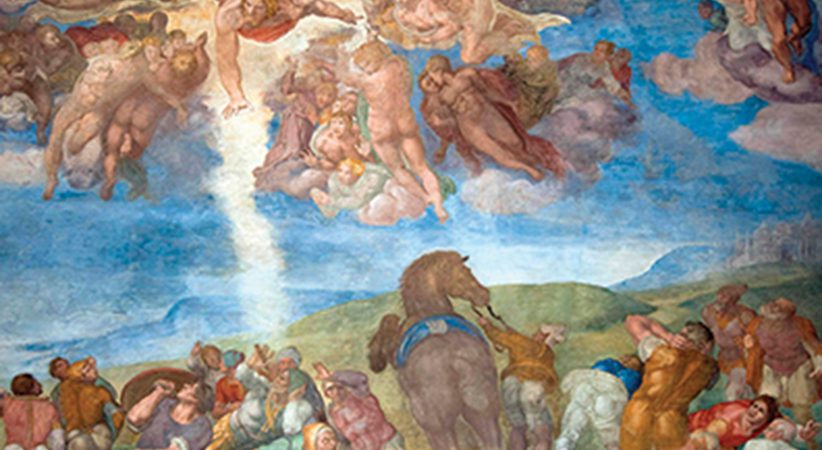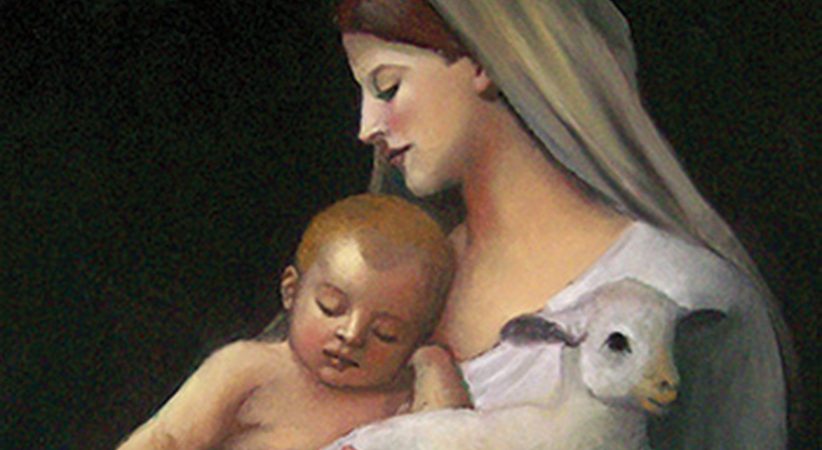Our Lenten Pilgrim Journey
We priests are continually in need of redemption
Bishop David J. Bonnar Comments Off on Our Lenten Pilgrim Journey
 Nearly a year ago I was blessed to be on retreat with the Ohio and Michigan bishops at a retreat house in Michigan. The retreat master was a retired bishop from England. I introduced myself to him, and we both shared our stories. In the end, he said, “I guess we are all pilgrims.”
Nearly a year ago I was blessed to be on retreat with the Ohio and Michigan bishops at a retreat house in Michigan. The retreat master was a retired bishop from England. I introduced myself to him, and we both shared our stories. In the end, he said, “I guess we are all pilgrims.”
The Synod on Synodality in which we find ourselves makes us even more cognizant that we are all pilgrims journeying together. Of course, our ultimate destination is heaven, where we long to see the face of God and live with him in peace forever.
As we continue our respective journeys, we know that there are many journeys spliced into our lives. The Lenten journey is really one of conversion from sin to grace. None of us, including priests, are exempt from this journey, inasmuch as we are all sinners in need of redemption.
In “The Joy of the Gospel,” Pope Francis speaks about “the first announcement or kerygma” that is essential to the work of evangelization. He writes, “On the lips of the catechist the first proclamation must ring out over and over: ‘Jesus Christ loves you; he gave his life to save you; and now he is living at your side every day to enlighten, strengthen and free you’” (No. 164).
As priests, we echo that announcement over and over again, however, we are just as much in need of hearing it as pronouncing it. Pope Francis acknowledges this fact in the same document when he quotes Pope St. John Paul’s Pastores Dabo Vobis, “For this reason too, ‘the priest — like every other member of the Church — ought to grow in awareness that he himself is continually in need of being evangelized’” (No. 164). When we forget this basic spiritual need, we can fall prey to arrogance, pride, idolatry or clericalism. Our commitment to prayer, spiritual direction, confession, ongoing formation and self-care speaks volumes about whether we see ourselves in need of continual conversion.
Lent is an opportune time for us to embrace conversion by walking with Jesus and seeing with our own eyes his great love for us. One of the ways we can become more intentional in this regard is to pray the Stations of the Cross. By recalling those sacred moments imaged on the walls of our churches, we see not only Jesus’ love for us, but also our own sinful humanity, which needs God’s grace and mercy. We also come to appreciate that none of us make the journey alone.
There are also other stations that apply to our journey in this time of Lent. For example, since the 1960s, the Pontifical North American College in Rome has made it a custom to visit the station churches for holy Mass each day except on Sundays. In a letter addressed to the Brothers and Friends of the North American College contained in the 1994 reprinted edition of “The Station Churches of Rome,” alumnus Rev. James D. Watkins writes, “The daily sacrifice of the holy Mass at the station churches is a proud tradition of the Pontifical North American College, which affords us an opportunity to make a true and unique pilgrimage of faith, uniting our prayers and penitence with the Communion of Saints in preparation for the glories of Easter.”
Many of us cannot participate in this beautiful tradition; nevertheless, we can make a form of our own. For example, in the diocese in which I was born and bred, there is a long-standing tradition on Holy Thursday night of the Seven Church Walk, which goes back to the 16th century and St. Philip Neri. For many, it has been modified to be the Seven Church Bus Ride as parishes rent buses and visit seven churches, often concluding with their own. I was blessed to be part of this journey many times, but I also enjoyed staying back in the parish church to greet the visiting pilgrims.
I think it is important to note that the word “station” has multiple definitions, but the one that is perhaps most appropriate for our reflection is that it is a place that means “standing together.” In all these prayer forms we stand together with Jesus. More importantly, Jesus stands with us in these prayers and in our own stations of life, especially as we journey from sin to grace. Thank you, Jesus!
BISHOP DAVID J. BONNAR, editor of The Priest, is bishop of the Diocese of Youngstown.

